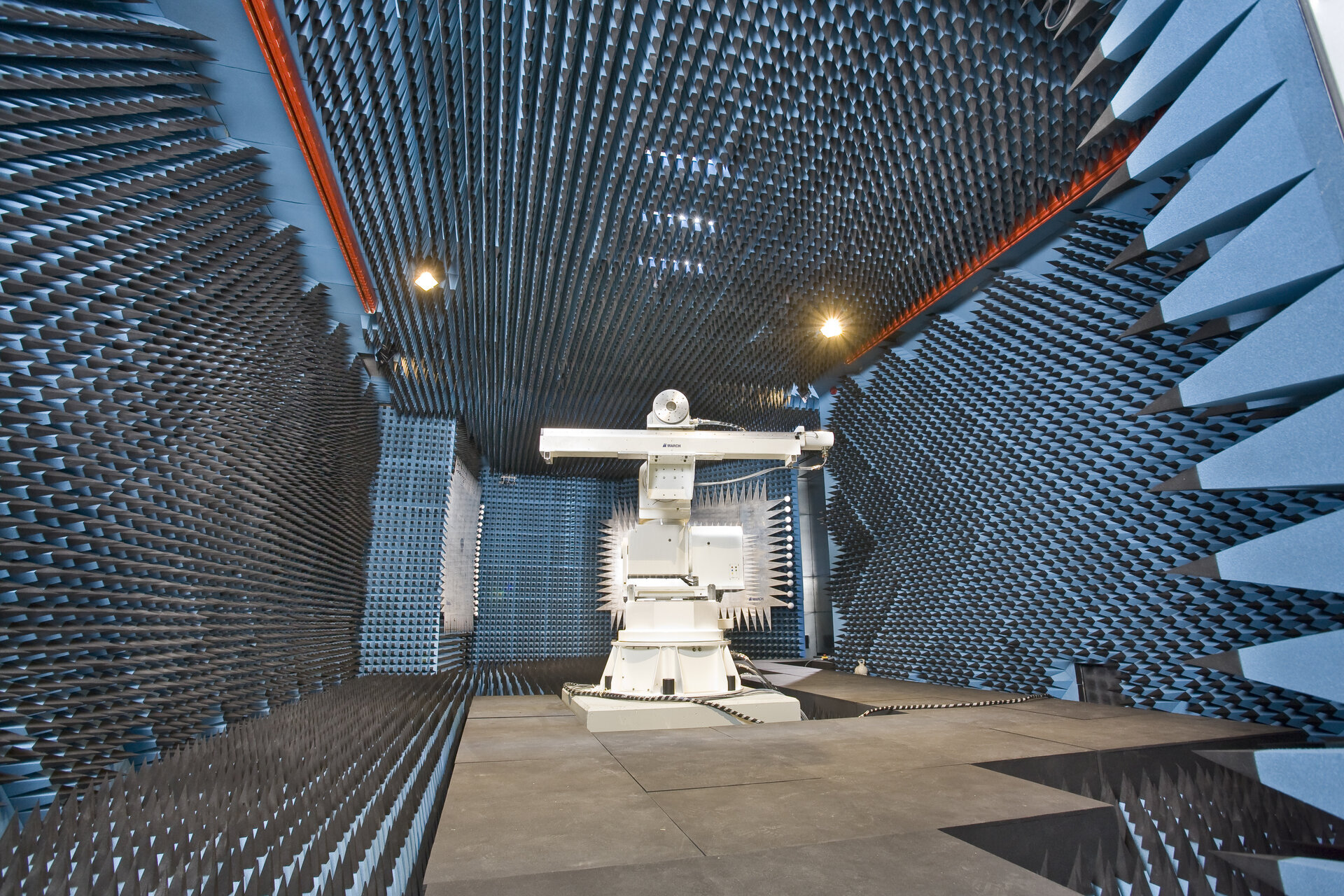22.07.2024

The latest addition to ESA's ESTEC technical center in the Netherlands, the Hertz 2.0 building, stands more than 22 meters high beside its neighboring sand dunes, but here is the view inside.
Seen here being lined with steel plates that will serve to insulate it from external radio signals, this spacious test area will be employed to evaluate the performance of a new generation of bigger and more powerful space antennas, starting with Galileo Second Generation.
An improved and expanded version of ESA's current Hybrid European Radio Frequency and Antenna Test Range (Hertz 1.0), Hertz 2.0 is known as a 'Compact Antenna Test Range' (CATR), although that first word is misleading - it is 'Compact' only in the sense that it is engineered to simulate the vast distances involved in space communications within a chamber of fixed size.
Actually, this Hertz 2.0 test chamber is massive, measuring 32 by 25 meters in area and standing 18 meters high.
Once complete, it will accommodate even the largest entire satellites within an isolated 'anechoic' chamber, with steel walls lined with radio-absorbing foam pyramids that mimic the infinite void of space.
Luis Rolo, project manager for Hertz 2.0, explains: "The facility will be specially suited for testing large antennas and characterising end-to-end performance of fully integrated Radio Frequency Payloads. A dedicated Microwave and Payload Laboratory will be connected to the test chamber, offering seamless transfer of hardware between conducted and radiated testing phases."
The Hertz 2.0 building will also host an expanded version of ESA's Optics and Opto-Electronics Laboratory, allowing improved testing of laser systems, new capabilities including the calibration of small cameras, detectors and payloads, and including a transportable Optical Ground Station for ground-to-space laser signaling.
The overall Hertz 2.0 building is planned for completion by the end of this year and should accommodate its first test satellites around late 2025.
Quelle: SD
